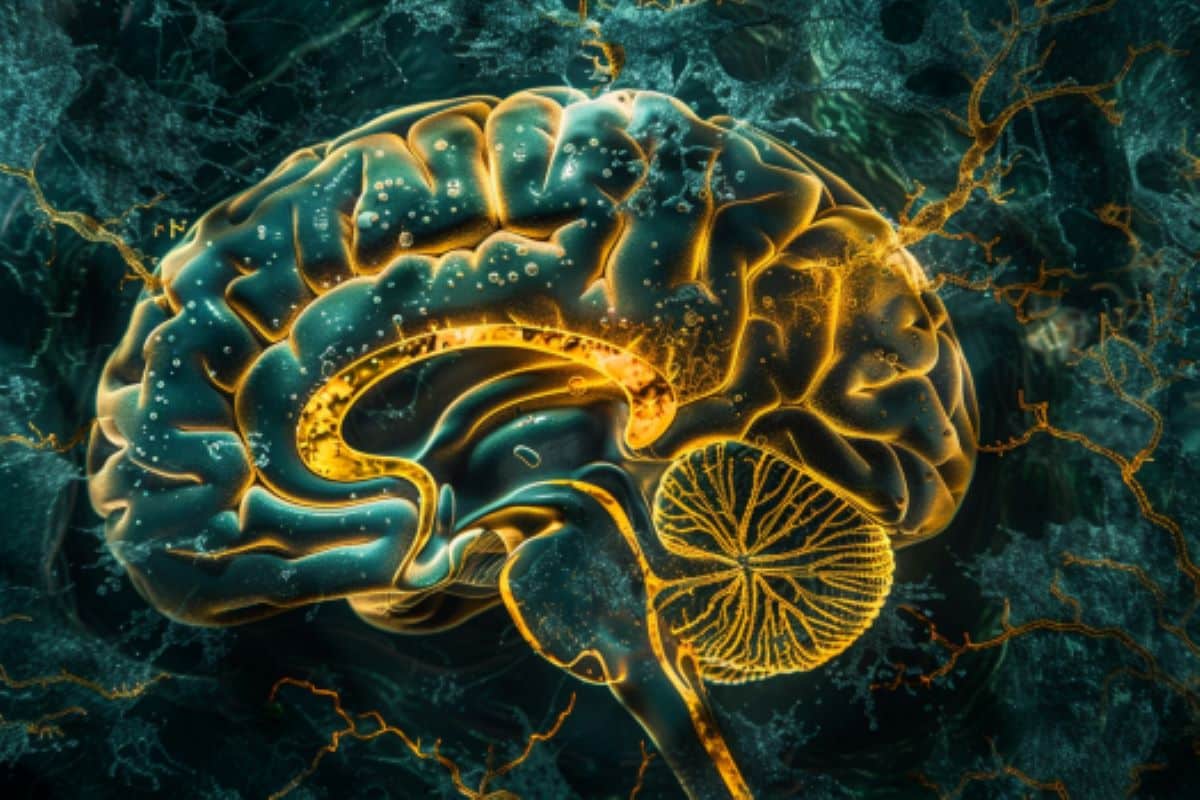Fitness
Lipid Signaling in Brain Linked to Mental Disorders – Neuroscience News

Summary: Increased levels of bioactive lipids in the brain are linked to mental disorders by disrupting excitatory transmission between brain cells. Researchers found that using an inhibitor to block these lipids can restore balance and potentially treat these conditions. The study highlights a new pathway for diagnosing and treating mental illnesses.
Key Facts:
- Bioactive lipids in the brain affect excitatory transmission, promoting mental disorders.
- An enzyme called autotaxin activates these lipids, which can be inhibited to restore balance.
- The findings open up new possibilities for the diagnosis and treatment of mental disorders.
Source: University of Cologne
Increased levels of bioactive lipids produced naturally in the body, which affect excitatory transmission between brain cells, promote mental disorders.
However, this mechanism can be rebalanced by treatment with an inhibitor that prevents the activation of these lipids in the brain. That is the result of a recent study on the correlation between synaptic lipid signals in the brain and mental disorders.
The results of the study ‘Altered cortical synaptic lipid signaling leads to intermediate phenotypes of mental disorders’ have now been published in Molecular Psychiatry and could create new opportunities for the treatment of mental illness.
The teams led by Johannes Vogt (MD) at the Department of Molecular and Translational Neurosciences at the University of Cologne, Robert Nitsch (MD, PhD) at the Institute of Translational Neuroscience at the University of Münster and partners at other universities investigated the role of the enzyme autotaxin and its opponent, the protein PRG-1, in regulating the balance between excitation and inhibition in the brains of humans and mice.
The research was carried out within the framework of Collaborative Research Centre 1451 ‘Key Mechanisms of Motor Control in Health and Disease’ (speaker: Professor Dr Gereon Fink, University of Cologne).
The project under the leadership of Vogt and Nitsch within the CRC deals with the balance between excitation and inhibition in the brain and its effect on motor function.
This balance plays an important role in mental disorders. In the case of excitation, neural circuits cause information to be passed on and other neurons to be activated; in the case of inhibition, this information transfer is interrupted.
The project groups in Cologne and Münster had already shown in previous studies that the body’s own lipids in the brain are activated by the enzyme autotaxin and stimulate nerve cell activity at the central checkpoint of signal transmission, the cortical synapse. As a result, they alter information processing in the brain’s networks.
In the current study, the researchers analysed the functional consequences of altered signal balance in 25 individuals induced by the antagonist of autotaxin, which reduces the activated lipids at the synapse.
Using various methods for measuring brain waves and brain activity as well as psychological tests, they found specific changes that also occur in patients, so-called intermediate phenotypes of mental disorders.
This means, for example, that comparable patterns of brain activation can be found in both patients and their clinically healthy relatives.
Additional studies in the mouse model revealed that animals with a similar genetic disorder showed comparable symptoms: increased anxiety, a depressive phenotype and lower stress resilience. Synchronization and information transfer between brain areas was similarly altered in humans and mice.
“The study indicates that the regulation of excitation and inhibition by synaptic lipid signals plays a crucial role in the development of mental disorders,” said Professor Vogt.
Autotaxin is the key enzyme of lipid activation in the brains of mice and humans. The increased excitation state of the networks caused by the genetic disorder could be restored by administering specific inhibitors of autotaxin. According to the researchers, these findings open up new perspectives for the diagnosis and treatment of such disorders.
“Targeted modulation of synaptic lipid signals using autotaxin inhibitors that can reach the brain could open up possibilities to treat mental disorders,” concluded Professor Nitsch.
In future studies, the researchers plan to further investigate these approaches and to test their effectiveness and safety in clinical trials.
About this mental health research news
Author: Eva Schissler
Source: University of Cologne
Contact: Eva Schissler – University of Cologne
Image: The image is credited to Neuroscience News
Original Research: Open access.
“Altered cortical synaptic lipid signaling leads to intermediate phenotypes of mental disorders” by Johannes Vogt et al. Molecular Psychiatry
Abstract
Altered cortical synaptic lipid signaling leads to intermediate phenotypes of mental disorders
Excitation/inhibition (E/I) balance plays important roles in mental disorders. Bioactive phospholipids like lysophosphatidic acid (LPA) are synthesized by the enzyme autotaxin (ATX) at cortical synapses and modulate glutamatergic transmission, and eventually alter E/I balance of cortical networks.
Here, we analyzed functional consequences of altered E/I balance in 25 human subjects induced by genetic disruption of the synaptic lipid signaling modifier PRG-1, which were compared to 25 age and sex matched control subjects.
Furthermore, we tested therapeutic options targeting ATX in a related mouse line. Using EEG combined with TMS in an instructed fear paradigm, neuropsychological analysis and an fMRI based episodic memory task, we found intermediate phenotypes of mental disorders in human carriers of a loss-of-function single nucleotide polymorphism of PRG-1 (PRG-1R345T/WT). Prg-1R346T/WT animals phenocopied human carriers showing increased anxiety, a depressive phenotype and lower stress resilience.
Network analysis revealed that coherence and phase-amplitude coupling were altered by PRG-1 deficiency in memory related circuits in humans and mice alike.
Brain oscillation phenotypes were restored by inhibtion of ATX in Prg-1 deficient mice indicating an interventional potential for mental disorders.










